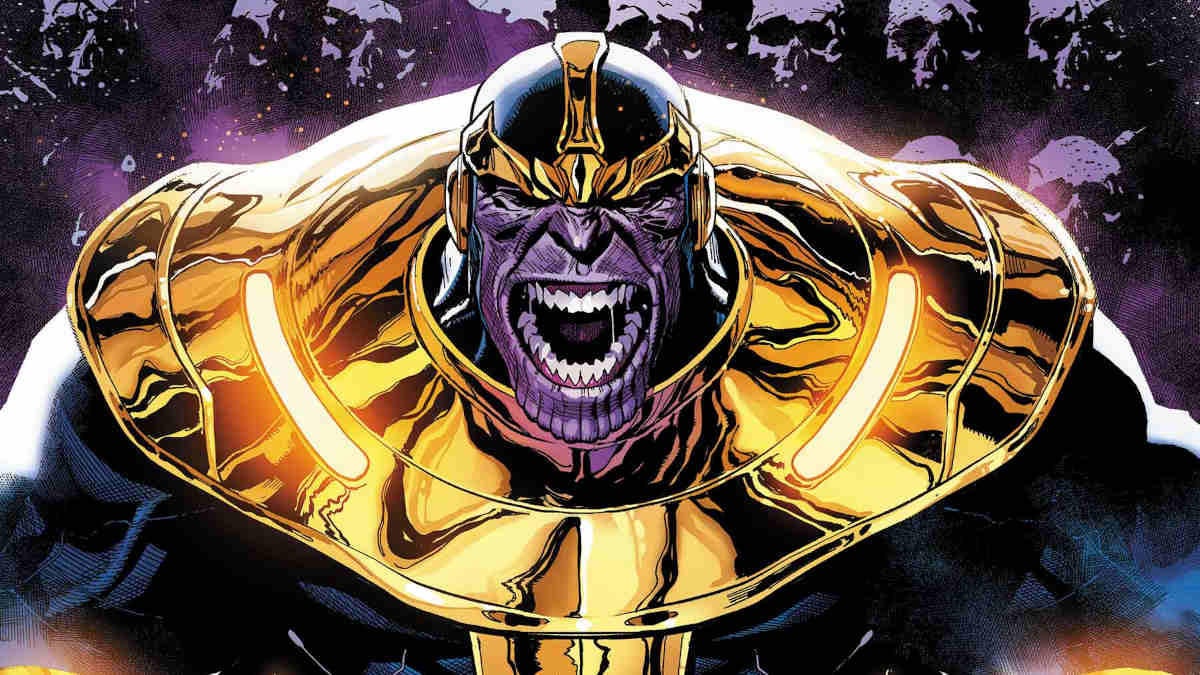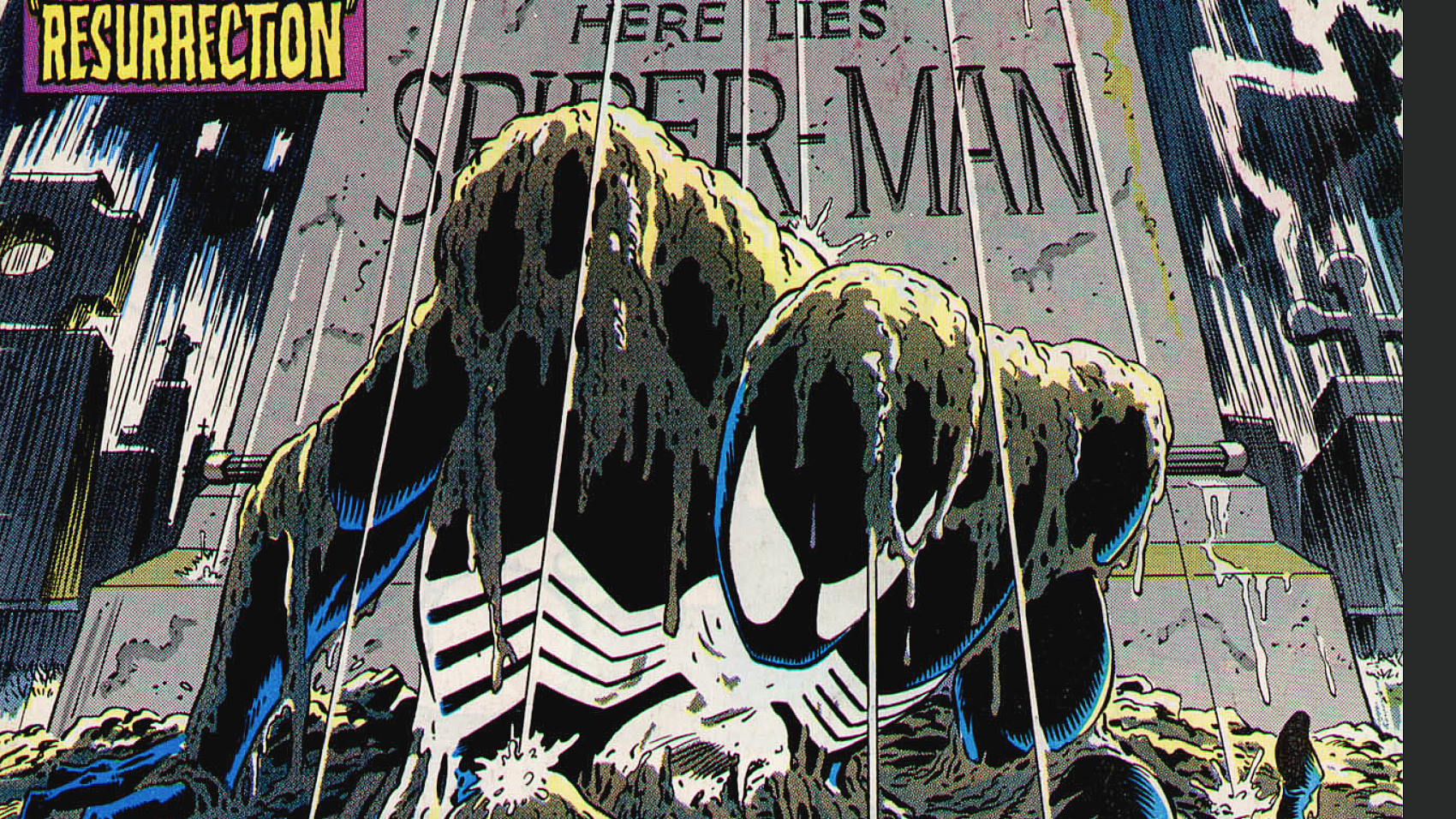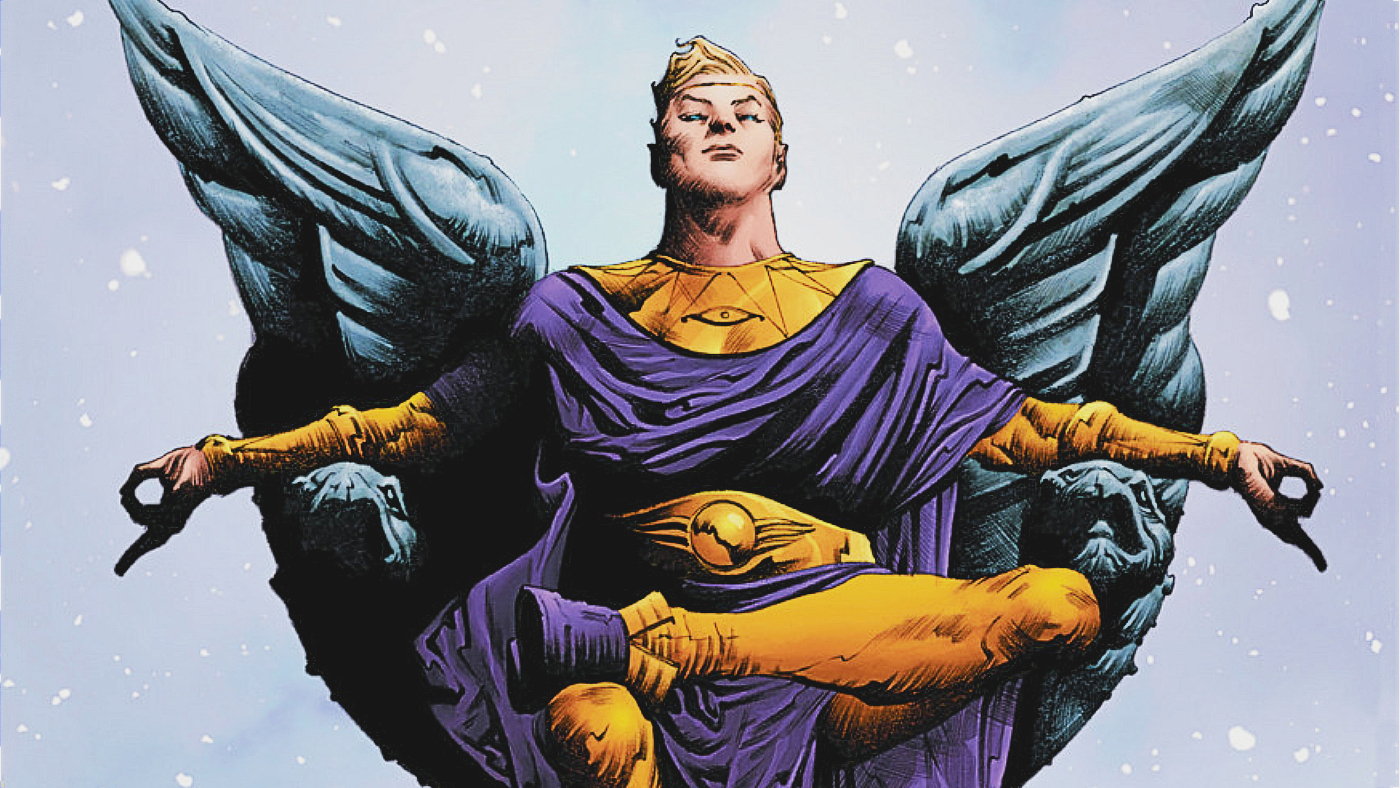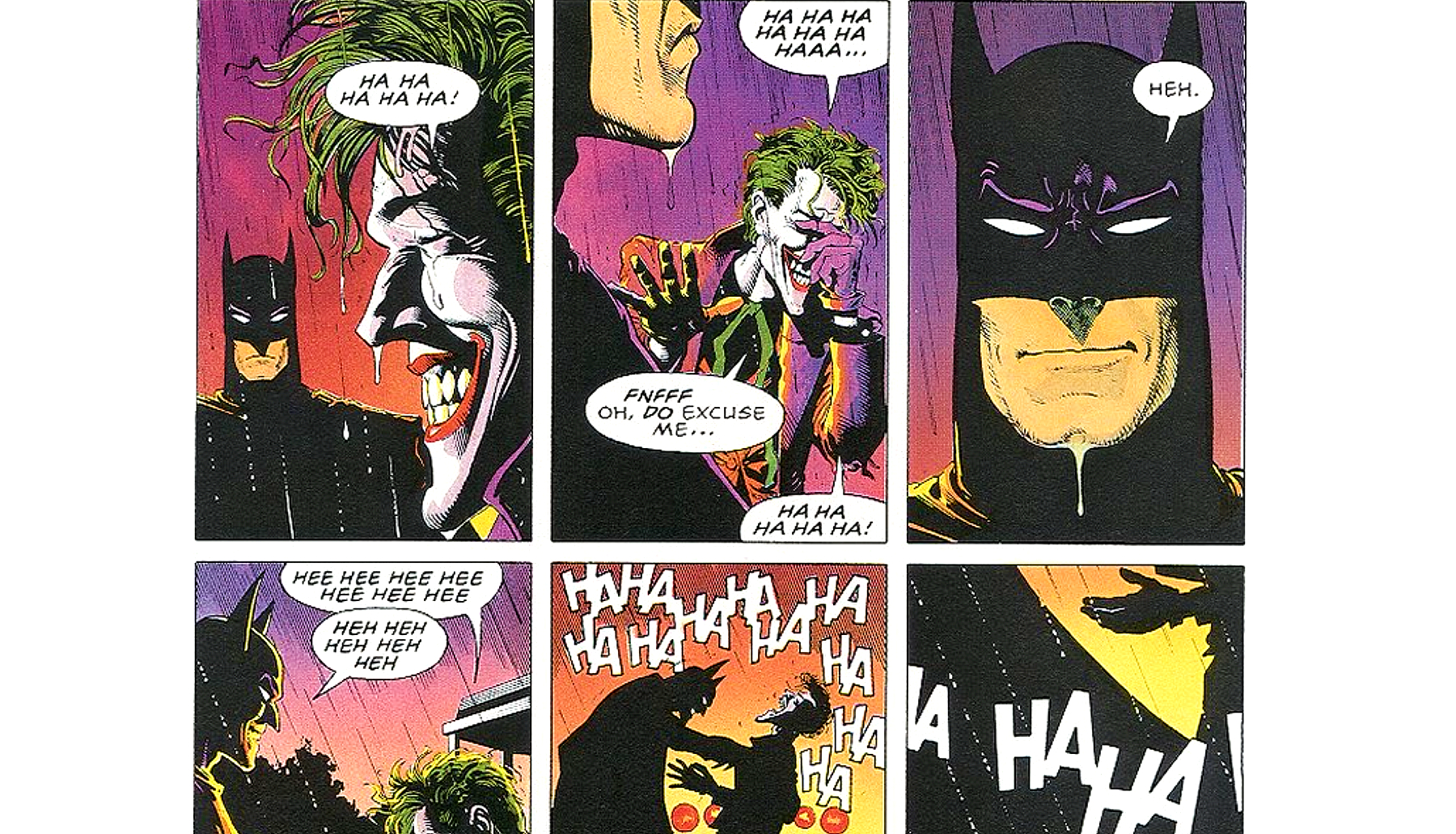
For almost a century now, superhero comic books have been around since the debut of Action Comics #1, and throughout this time, these superheroes have consistently triumphed. This unwavering success makes one wonder: why would anyone, especially criminals, question the age-old saying that “crime doesn’t pay”? In essence, superhero tales mirror real life, where persistent offenders and dangerous felons are usually apprehended and punished. When real-world law enforcement falters in this duty, it often sparks public dissatisfaction, demands for reform, or the development of new approaches to avoid similar mistakes in the future.
It’s intriguing to note that in superhero comic books, villains rarely succeed. This suggests that the main lesson we take away – truth and justice will always win out – might be too simplistic. If art reflects life, then maybe comic book villains should sometimes taste victory. Just as in real life, such victories shake up the status quo, and in superhero stories, they add depth to the plot by showing how even seemingly invincible heroes must face failure, learn, adapt, and ultimately overcome defeat. These instances also serve as a caution against complacency, reminding us that even when we think we’re right, it’s never wise to become too confident.
Huzzah! Spider-Man and Batman Win Again

Superhero stories have often followed a familiar pattern: A villain emerges, a hero steps in to save the day, but sometimes the hero faces setbacks, regroups, and ultimately overcomes the evil threat. This formula is deeply ingrained in many iconic superhero tales from comic book history. Take for instance “Kraven’s Last Hunt”, where Spider-Man (Peter Parker) was defeated, buried alive, and replaced; yet, he miraculously escaped his grave to finally defeat Kraven the Hunter. Similarly, in “Knightfall”, Batman was broken by Bane, but after a grueling period of recovery, he managed to defeat Bane and reclaim his role as the Dark Knight. The themes of redemption and resilience in these stories have left an indelible mark on fans.
These examples, along with many others, demonstrate the effectiveness of this particular formula in storytelling. It makes the protagonist relatable by reflecting human struggles, generates suspense through the portrayal of a hero’s weaknesses and a villain’s strength, and shows the transformation of the protagonist through hardships. This is why the “hero’s journey” remains one of the most captivating, emotionally impactful, and admired narrative structures around. However, it must be acknowledged that this formula can also become tiresomely predictable, particularly for long-time comic book enthusiasts who have witnessed its repetition in the comics they follow. Consequently, fans rarely question whether their favorite hero will eventually triumph; instead, they are more interested in finding out what trials and tribulations they will face on the path to ultimate victory.
That Time When Thanos, the Joker, and Ozymandias Won

Indeed, throughout the lengthy battle between good and evil, there have been instances where villains emerged victorious. One such notable example is the triumph of Ozymandias in Alan Moore’s renowned work, Watchmen. Similar to many other supervillains, Ozymandias held a strong belief that he was superior to the law and that the world should conform to his desires. What sets him apart from others is that prior to his descent into darkness, he was among the leading heroes striving for a brighter future.
Nonetheless, his choice to govern the destiny of the world personally brought about a tragic price tag, claiming the lives of numerous associates and countless innocent souls. This plotline is reminiscent of many failed plans in comic book hero narratives over time. Yet, in Moore’s tale, not only did the plan come to fruition, but Ozymandias found himself seemingly in a stronger position than before, albeit with reluctant admiration for his tough decision among a series of grim alternatives.
In the “Infinity Gauntlet” storyline by Jim Starlin and George Perez, Thanos made attempts to win over Death’s favor. He managed to gather all six Infinity Gems and, in doing so, eliminated half of the universe’s inhabitants. On the other hand, The Joker’s victory in Alan Moore’s “The Killing Joke” stands out. Although he was eventually subdued by Batman, his actions – shooting Barbara Gordon and tormenting her father, Commissioner Gordon – may have effectively demonstrated that a single catastrophic event like “one bad day” can potentially drive anyone to madness, even someone as resilient as Batman.
When the Joker Wins, the Batman Story Wins too

they were incredibly surprising. They left readers astounded, stirred up intense discussion, and significantly altered the usual course of comic book storytelling. To this day, these events are among the most impactful in contemporary superhero comic lore. What’s more, these situations underscored an effective tool for narrative development: allowing villains to triumph — however briefly — enhances the allure of a familiar “hero vs. villain” dynamic and offers readers a greater incentive to follow the storyline closely.
Using regular occurrence, this method might cause readers to perceive each hero-villain battle as an authentic skill assessment, where the result is uncertain rather than predictable. Can you imagine how much more engaging it would be for readers to open a comic and find themselves unsure of the story’s outcome? This same “thrill of the unexpected” is what movie and TV producers often use to captivate audiences and generate enthusiasm for their productions. It seems that it’s high time for comic creators and publishers to leverage this very strategy – not only to maintain creative vitality, but also to bestow an enduring gift upon fandom, one that continues to reward them over time.
https://comicbook.com/comics/news/7-smartest-dc-villains-ranked-lex-luthor-brainiac/embed/#
Read More
- Hazbin Hotel season 3 release date speculation and latest news
- 10 Chilling British Horror Miniseries on Streaming That Will Keep You Up All Night
- Dolly Parton Addresses Missing Hall of Fame Event Amid Health Concerns
- The Mound: Omen of Cthulhu is a 4-Player Co-Op Survival Horror Game Inspired by Lovecraft’s Works
- Where Winds Meet: How To Defeat Shadow Puppeteer (Boss Guide)
- 🤑 Crypto Chaos: UK & US Tango While Memes Mine Gold! 🕺💸
- The Death of Bunny Munro soundtrack: Every song in Nick Cave drama
- 5 Perfect Movie Scenes That You Didn’t Realize Had No Music (& Were Better For It)
- Zootopia 2 Reactions Raise Eyebrows as Early Viewers Note “Timely Social Commentary”
- You Won’t Believe What Happens to MYX Finance’s Price – Shocking Insights! 😲
2025-07-05 17:40